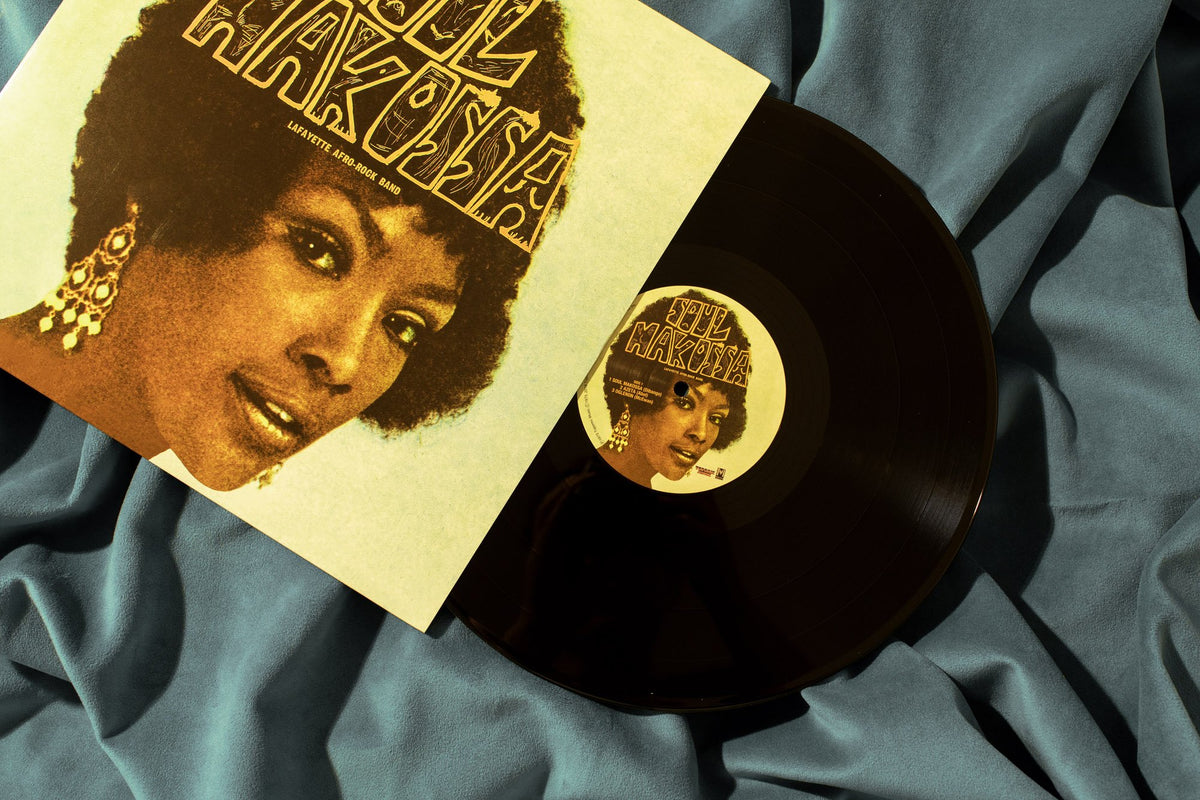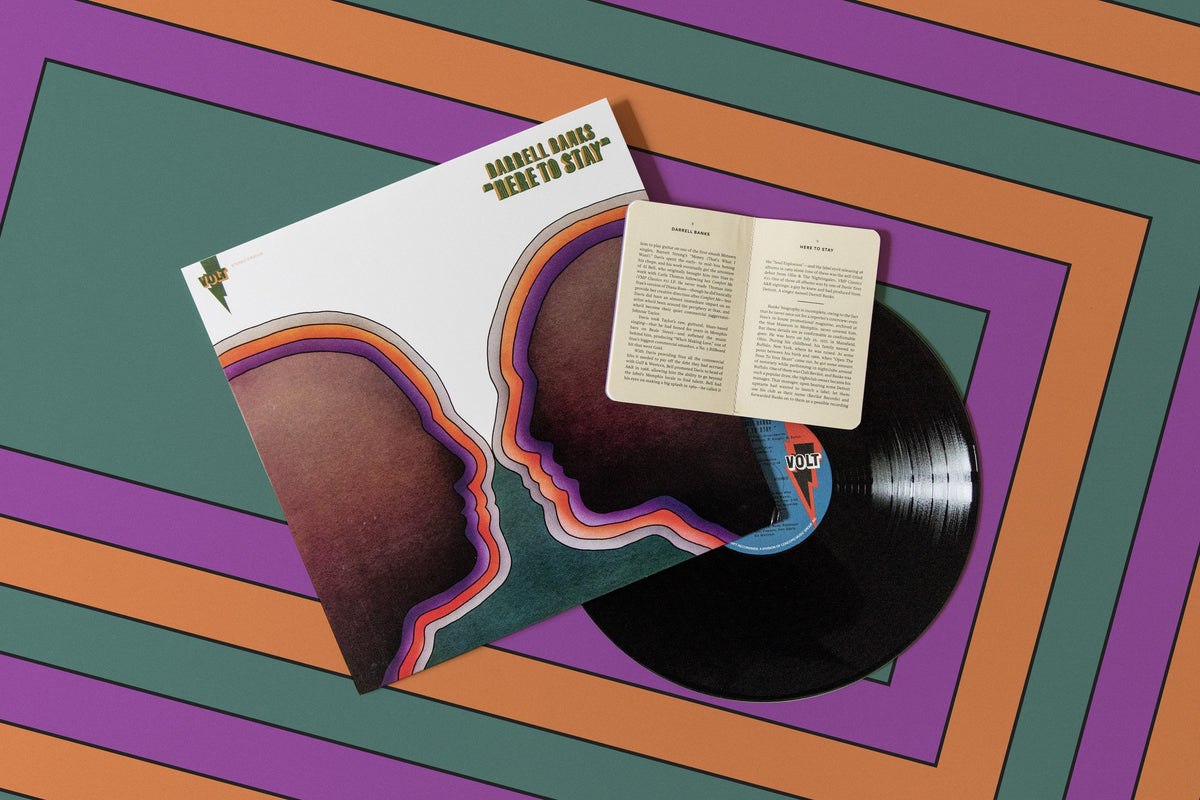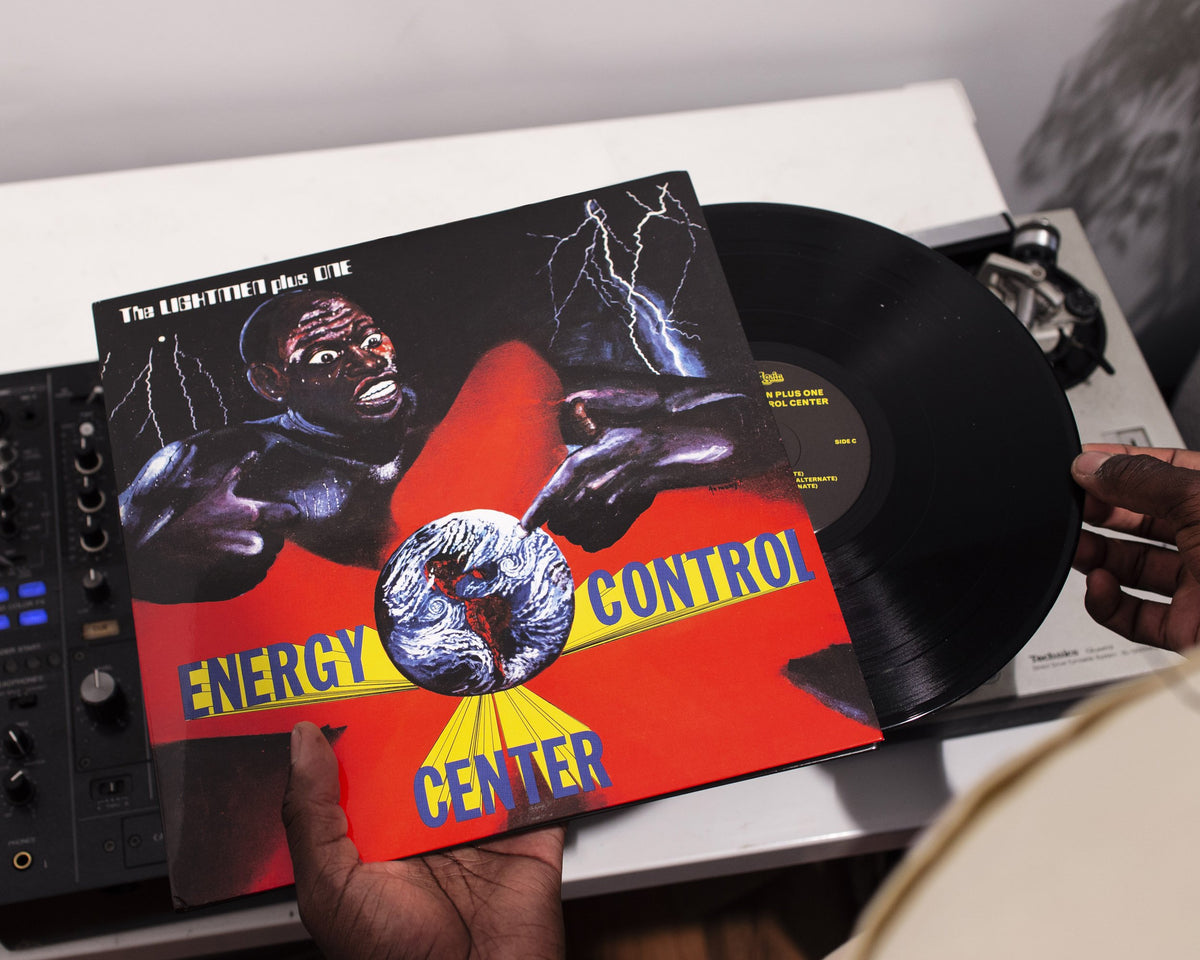The Most Sampled Band of All Time
Counting Down The Best Ways Rap Producers Used Lafayette Afro-Rock Band’s Music
The technique of sampling has now been prevalent in the mainstream’s sound for over 30 years. Since sampling began in the late ’60s, no band has been sampled more than The Lafayette Afro-Rock Band, a ’70s funk collective who have mostly dwindled into obscurity after some mild success abroad while the band was still together. While the ensemble never achieved the success they had hoped for in the U.S., the band survived as a favorite of crate diggers who poured over stacks of LPs looking for grooves to insert within their own music. There are 340 confirmed samples of The Lafayette Afro-Rock Band in existence, but undoubtedly more exist. Although the band has been sampled so frequently, DJs have not exactly been creative with The Lafayette Afro-Rock Band’s discography. Only five of the band’s tracks have ever been sampled (in a noteworthy way at least), with the overwhelming majority of those samples being pulled from the tracks “Darkest Light” and “Hihache.” There is a lot to uncover, but Vinyl Me, Please has explored all the ways The Lafayette Afro-Rock Band’s tracks have been warped and scratched to pick the Choice Cuts and Deep Cuts that cannot be skipped.
“Darkest Light”
Choice Cuts
JAY-Z: “Show Me What You Got” (2006)
Wreckx-N-Effect: “Rumpshaker” (1992)
Public Enemy: “Show ’Em Whatcha Got” (1988)
The opening saxophone loop of “Darkest Light” is the most iconic and recognizable portion of The Lafayette Afro-Rock Band’s entire discography. The loop has been the conduit to huge rap hits such as Wreckx-N-Effect’s chart topping “Rumpshaker” and JAY-Z’s 2006 comeback hit “Show Me What You Got.” These two chart toppers use the saxophone loop to create a breezy and sensual atmosphere that was perfect for a posh braggadocious flow. It remains impossible to hear this saxophone lick without recalling the flawless visual of a woman in a bikini “playing” the saxophone on the beach as the waves crash into her from Wreckx-N-Effect’s often censored video. JAY-Z and Wreckx-N-Effect’s two hits are proof that pairing the seductive saxophone with booming drums is an easy formula for a club banger. Not just an avenue for the alluring, Public Enemy proved the loop can be multi-faceted. The group used a sharp punching snare sound and Flava Flav’s shrill rallying cry to create a much more menacing and alarming track. Depending on what is placed around it, the saxophone loop can elicit many different emotions. It’s unique sound instantly demands attention as an ominous precursor for whatever unexpected sounds will comes after it. While “Darkest Light” has been sampled over one hundred times, it remains a surprise that the number isn’t higher.
Deep Cuts
Heavy D & The Boyz: “You Can’t See What I See” (1992)
While the Choice Cuts use “Darkest Light” as the fulcrum of the track, the Deep Cuts fold the gleaming saxophone into a much more layered track. Taso of Chicago footwork outfit Teklife pushes the pace of the iconic sample by fading the track in and out while blasting air horns and rattling hi-hats for the most danceable interpretation of “Darkest Light” yet. Heavy D & The Boyz used the sample in a much more subtle way, opting to mix the saxophone lowly for a light airy quality. Like most early ’90s hip-hop, the booming drums and call-and-response vocals energize this track to create a classic Heavy D jam that deserves more shine than it receives currently. Credit to producer Chad Elliott for using this sample in a less predictable way.
“Baba Hya”
Choice Cut (and only cut)
Gorillaz: “Dirty Harry” (2005)
It should come as no surprise that it took a real crate digger like Danger Mouse to unearth this infectious krautrock-like drum sample from “Baba Hya.” The drums on “Baba Hya” can sound wild and unhinged at first before they settle down upon repeated listens. The beat quickly shifts from challenging to brilliant after just a few measures, but never quite settles into conventional territory. “Baba Hya” was the perfect sample for a band like Gorillaz who have made a career out of fun pop music assembled in unconventional ways. “Dirty Harry” only works as a sum of its parts, but the drums are the most essential part. As wobbly synths, choral vocals, beautiful string arrangements and rap verses fade in and out, the drums are the only part of the song that hold their course and keep the track from venturing into astray territory. Danger Mouse and Damon Albarn expertly implemented this atypical drum beat as the nucleus of one of their biggest hits — a gutsy decision that a less ambitious musician may reject as too challenging. Hopefully there is another producer brave enough to step up to this eccentric drum beat, because “Baba Hya” can surely run farther than just one track.
“Conga”
Choice Cut
Pizzicato Five: “Party” (1991)
“Conga” has only been sampled 3 times, and prolific Japanese pop act Pizzicato Five tally for two of the three homages. On their first crack at “Conga” in 1991, Pizzicato Five reinforce the Lafayette Afro-Rock Band’s rhythm section with some electronic drums and a humming synth for a futuristic afrobeat sound. The track alternates between Maki Nomiya’s sugary vocal performances and Yasuharu Konishi’s deep almost guttural spoken word pieces. An occasional unexpected synth or breakbeat keeps the listener on their toes during a track that mostly just rides it’s own cosmopolitan groove.
Deep Cut
Pizzicato Five: “Jolly Bubbly Lovely” (1999)
Although “Jolly Bubbly Lovely” is the deep cut due to being tucked away on an EP, it may be the better track. While the drums in “Conga” are slow and plodding, Pizzicato Five sped the drums up to match an energetic pop track with bombastic horns and a swanky bass line that would not sound entirely out of place on a Lafayette Afro-Rock Band track. The track has a lavish sheen that pairs well with a lively lounge atmosphere and expensive cocktails. Pizzicato Five were primarily known for creating fun ’90s pop music in Japan and this track exemplifies their ear for grooves and fun to a tee.
“Hihache”
Choice Cuts
LL Cool J: “Jingling Baby” (1989)
Biz Markie: “Nobody Beats The Biz” (1987)
NSYNC: “Tearin’ Up My Heart” (1997)
Flying Lotus: “Vegas Collie” (2007)
“Hihache” begins with a groovy 4/4 opening drum beat that could be mistaken for the drums on just about any hit track from hip-hop’s early years. There’s no shame in being confused — this track has grown into the Holy Grail of break beats and more than likely has served as the rhythm for at least one track you know. “Hihache” is the band’s most sampled song and has been plucked by DJs at least 227 times. The Lafyette Afro-Rock Band’s smoothest breakbeat has been the driving force behind the hip tracks of numerous hip-hop legends from the late ’80s and early ’90s including LL Cool J and Biz Markie. Even the boy bands got in on these drums, with NSYNC tapping into The Layette Afro-Rock Band’s groove to help the beat drop on “Tearin’ Up My Heart.” The track has recently been revitalized by electronic producers like Flying Lotus who twisted it’s perfectly paced percussion into a frenzied melee that escapes almost any time signature. When it comes to the drums on “Hihache,” the choice cuts are never ending. Artists such as Madonna, De La Soul, Amy Winehouse, Aphex Twin, Ice Cube and Peter Gabriel have all had their way with drummer Earnest “Donny” Donable’s simple arrangement of the high-hat, snare and bass drum.
Deep Cuts
The Avalanches: “Live At Dominoes” (2000)
Statik Selektah: “Groupie Love (feat. Mac Miller, John Xantus)” (2011)
The Avalanches sample collage masterpiece “Since I Left You” is rightfully considered by many to be the apex of sampling, so choosing any sample off this record is hardly a deep cut. “Live at Dominoes” makes the cut here because The Avalanches did not just lift the drums from “Hihache” like most producers have elected. The band was wise enough to also use the winding psychedelic guitar solo that appears around the four minute mark of “Hihache” to create the claustrophobic overstimulating wall of noise that appears on “Live at Dominoes” just before reintroducing the drums and Daft Punk-like robotic vocals to regain a sense of rhythm in the track as the solo continues to wail in the background. The solo is only the focal point of “Live at Dominoes” for a brief nine seconds before fading into The Avalanche’s chaotic painting of sound. Before a site like Who Sampled, quick ears were required to recognize this deep cut.
As one of hip-hop’s elite producers today, it’s no surprise that Statik Selektah was playing with the drums in “Hihache” at some point during his career. Seletkah adds a bit of punch to the booming drums while pairing them with a slow but uplifting piano sample for a beat reminiscent of a producer like Nujabes. An ethereal hook from crooner John Xantus provides Mac Miller with a lush arrangement to rap over.
“Azeta”
Choice Cut
Kruder and Dorfmeister: “Deep Shit Pt1 & 2” (1993)
This Austrian electronic music duo may be the only act that decided to slow down a Lafayette Afro-Rock Band sample rather than speed it up. “Azeta,” a funky and vibrant track, is slowed down to create a spacey and robust trip-hop track. Upon hearing “Azeta” for the first time, ’90s downbeat would hardly be a forethought, but Kruder and Dorfmeister exquisitely crafted a mellow space to fit the sample’s jovial nature on just their first EP. It will be difficult to find another producer who has used a Lafayette Afro-Rock Band sample in a similar way. This track is proof that there is still some creative digging that can be done even with the most sampled band in history.
Deep Cut
Fader Gladiator & Strom: “Überleben” (1995)
German producer Fader Gladiator took a relatively hands off approach when it came to sampling “Azeta.” After speeding up the track just a bit and adding some turntablism, he pretty much gave German breakdancer Storm (who has apparently only rapped twice) the reins from there. It’s hard to fault the producer, as “Azeta” is certainly a groovy enough track to rap over and the turntable scratches give the track a great early mid-’90s hip-hop vibe. German Hip-hop may have a goofy sound to an American audience, but the sample on “Überleben” has a great rhythm and the rapping should at least be amusing for a few listens.
TJ Kliebhan is a writer from Chicago, Illinois. He really likes Boris. He also met Bruce Springsteen once. Along with Vinyl Me, Please, his work has appeared on Noisey, The A.V. Club, Chicago Reader, and others.
Related Articles
Join the Club!
Join Now, Starting at $36Pages







